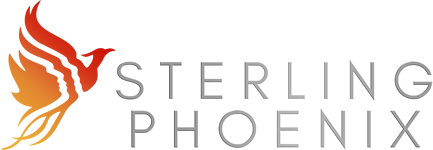Summary
Here’s what no one’s saying loudly enough: Just because you can automate something doesn’t mean you should. AI is here—and it’s not going away. But in the race to “integrate AI,” too many smart people are making one of two mistakes:
- They’re scared of it. So they ignore it, delay it, or hope it’s just a trend.
- They surrender to it. They outsource their thinking, creativity, and decisions without noticing it’s reshaping how they work—and who they are.
You don’t need to fear AI, but you also don’t need to give it your brain. Let’s talk about how to use AI in a way that supports your humanity instead of replacing it.
What AI Should Do
AI should be a thought partner, not a thought replacement. When used well, it should:
- Speed up tedious tasks
- Expand your creative sandbox
- Help you spot patterns faster
- Turn drafts into clarity
- Free up space for strategic work
If it’s numbing you, flattening your voice, or turning your content into oatmeal, you’re not using AI—you’re letting it use you.
Build an AI Enablement Stack (Not a Dependence Trap)
Here’s how I coach teams to integrate AI ethically and effectively:
1. Purpose First, Prompt Second
Don’t just open ChatGPT and ask it to “write an email.” Ask yourself:
What is this for?
What outcome am I shaping?
What message matters?
AI doesn’t know your vision—you do.
2. Keep Your Fingerprints On Everything
AI is the chisel. You’re the sculptor. AI doesn’t decide what to carve—it just helps you shape it faster. Your vision, your voice, and your values still define the masterpiece.
Use AI to accelerate your brilliance, not replace it.
3. Automate for Energy, Not Ego
Use AI to eliminate the tasks that drain your time—not just to make you look prolific online. Power without purpose turns into noise.
The Ethics No One’s Talking About
There’s a line between enhancing your value and outsourcing your integrity. If you’re:
- Publishing AI-generated client work with no edits
- Using AI to mimic voices you haven’t earned
- Generating content you don’t understand
Then you’re not “leveraging AI.” You’re diluting trust. And the long-term cost? Credibility. Creativity. Connection. You can’t hide behind AI, but you can leverage it to get through the drudgery so you can shine.
So… How Do You Actually Use AI Well?
Here’s my rule of thumb: If AI helps me show up clearer, faster, or truer—I’m in. If it makes me sound like a robot—or feel like one—I back off. Honestly, it’s my favorite tool when my head is overflowing with ideas because it can work almost as fast as I can think.
Voice Notes + AI = Serious Power
Use AI to:
- Draft first ideas
- Rephrase complexity into simplicity
- Analyze patterns or summarize long material
- Explore counterpoints
- Kickstart outlines
Avoid AI for:
- Deep relationship writing
- Strategy sessions
- Personal insights
- Your “about” page
- Making decisions for you
Clarity Is Still the Core
AI is a reflection tool, not a clarity tool. If your direction is vague, your output will be messy.
If your vision is sharp, AI can move mountains with you.
So the real question isn’t, “Should I use AI?”
It’s: “Am I clear enough in my thinking to make AI useful?”
Your Next Move
Start building your AI Enablement Stack:
- Define your clarity-first workflow
- Identify where AI can support—not replace—you
- Protect your energy, voice, and values like your brand depends on it (because it does)

